If you have a desk job, you spend most of your time at your desk. This means that the arrangement of the items on your desk will significantly impact your mood and productivity at work.
A well-designed work environment can boost employee happiness and output. On the other hand, if your office is unpleasant or unorganized, you may find it challenging to focus on your task. As a result, it is beneficial to devote some time in designing your workplace in the way that supports your productivity. In order to ensure this, we have compiled some ideas on arranging your ergonomic workspace in the most efficient way possible.
-
Placing yourself next to a window.
-
Changing to a standing desk may be worthwhile.
-
Invest on a good office chair.
-
For optimal comfort and efficiency, consider a computer keyboard and mouse.
-
Keep one or more plants close by.
-
Strategically accessorizing can help keep your workday more organized.
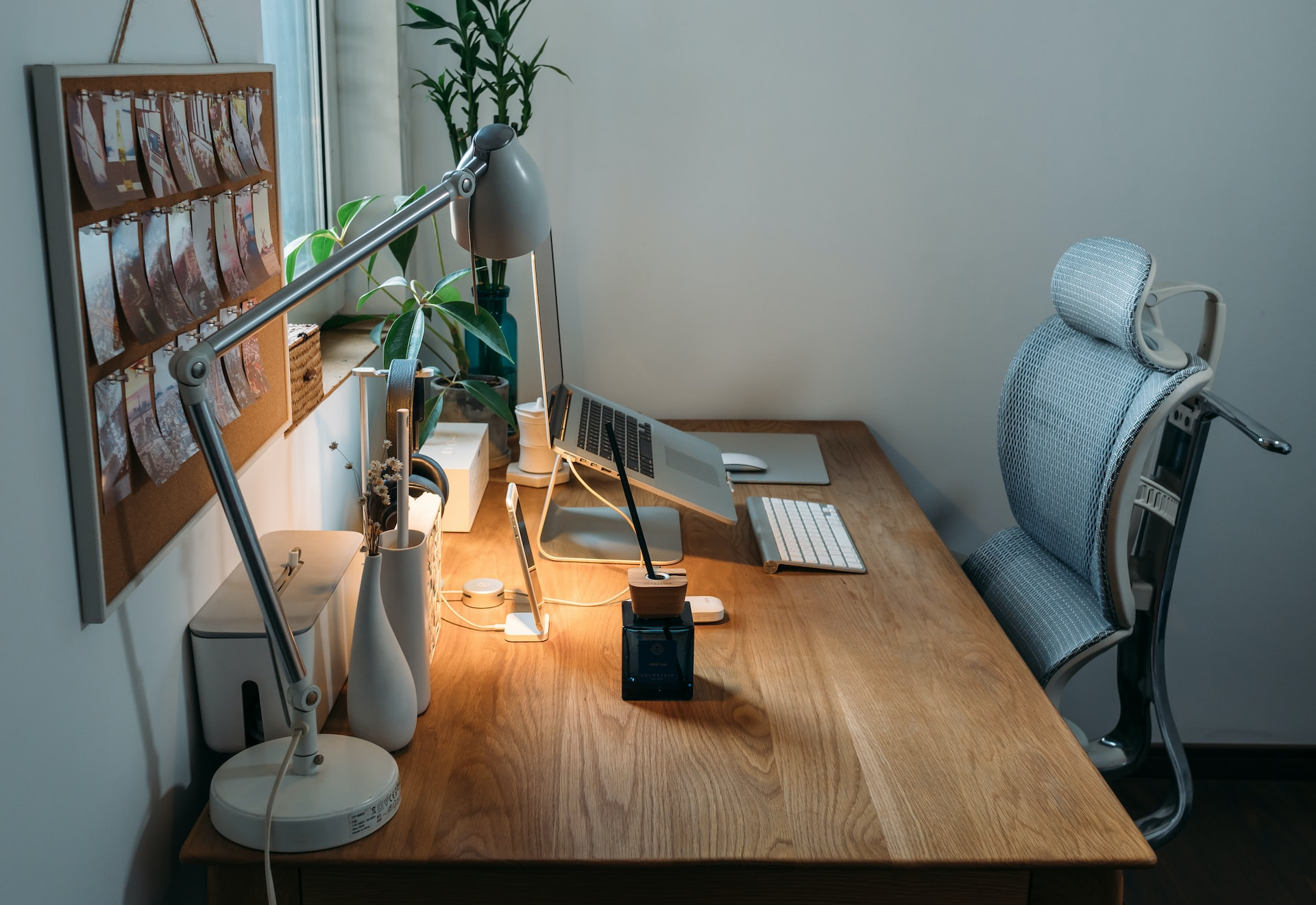
Take a closer look at the reasoning behind each of these suggestions. But first, let's look at some vital components of an ergonomic workstation.
The Essential Elements of an Ideal Ergonomic Workstation
-
Lighting
The lighting may influence how you feel and perform at work. Tiredness, stress, and headaches can all result from poor lighting, be it dark or filled with fluorescent lights. On the other hand, natural light is superior to artificial lighting in terms of quality and quantity and is also more environmentally friendly.
Scientists have recommended light and views to boost well-being and productivity since 1979. University of Illinois Urbana-Champaign and Northwestern Medicine conducted a study in 2014 that indicated workers exposed to more natural light through windows at work rested better and for more extended periods at night. They also moved around more than those whose workplaces lacked windows.
-
Temperature
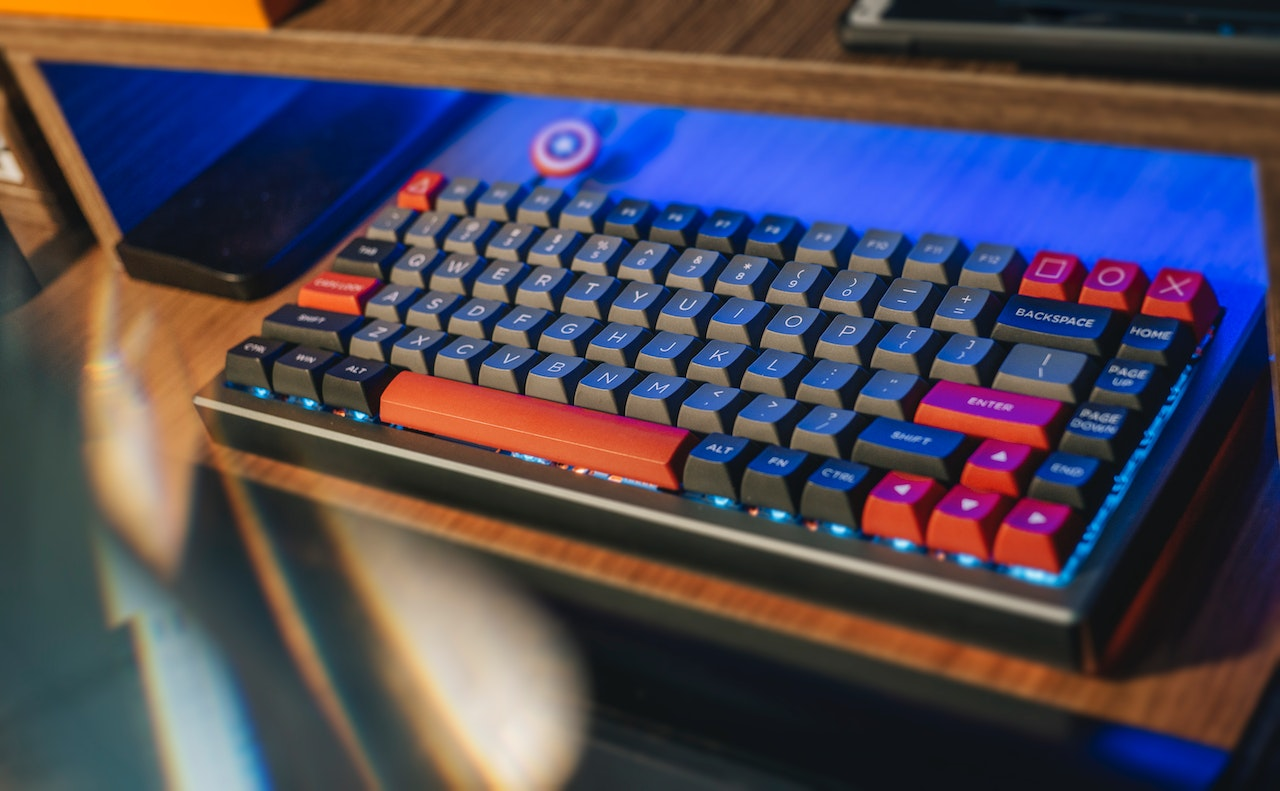
Regular fights occur amongst coworkers at some workplaces over who sets the temperature. If this sounds like your workplace, we have some data that may help you end the constant struggle with the cold. Researchers from Cornell University discovered that by raising the temperature in a home office from 68 degrees Fahrenheit to 77 degrees Fahrenheit (20 degrees to 25 degrees Celsius), workers' typing errors decreased by 44%, and productivity increased by 150%.
Because of this, many individuals may report feeling less productive in the summer. Is the cold temperature of the room to blame?
-
Color
Understanding how people respond to different shades of color is an intriguing topic. Red and yellow are used by McDonald's because they are energizing hues that whet our appetites. Starbucks uses green to evoke feelings of tranquility. It's also possible that the shades around your desk are having a subconscious impact on your productivity.
-
Plant
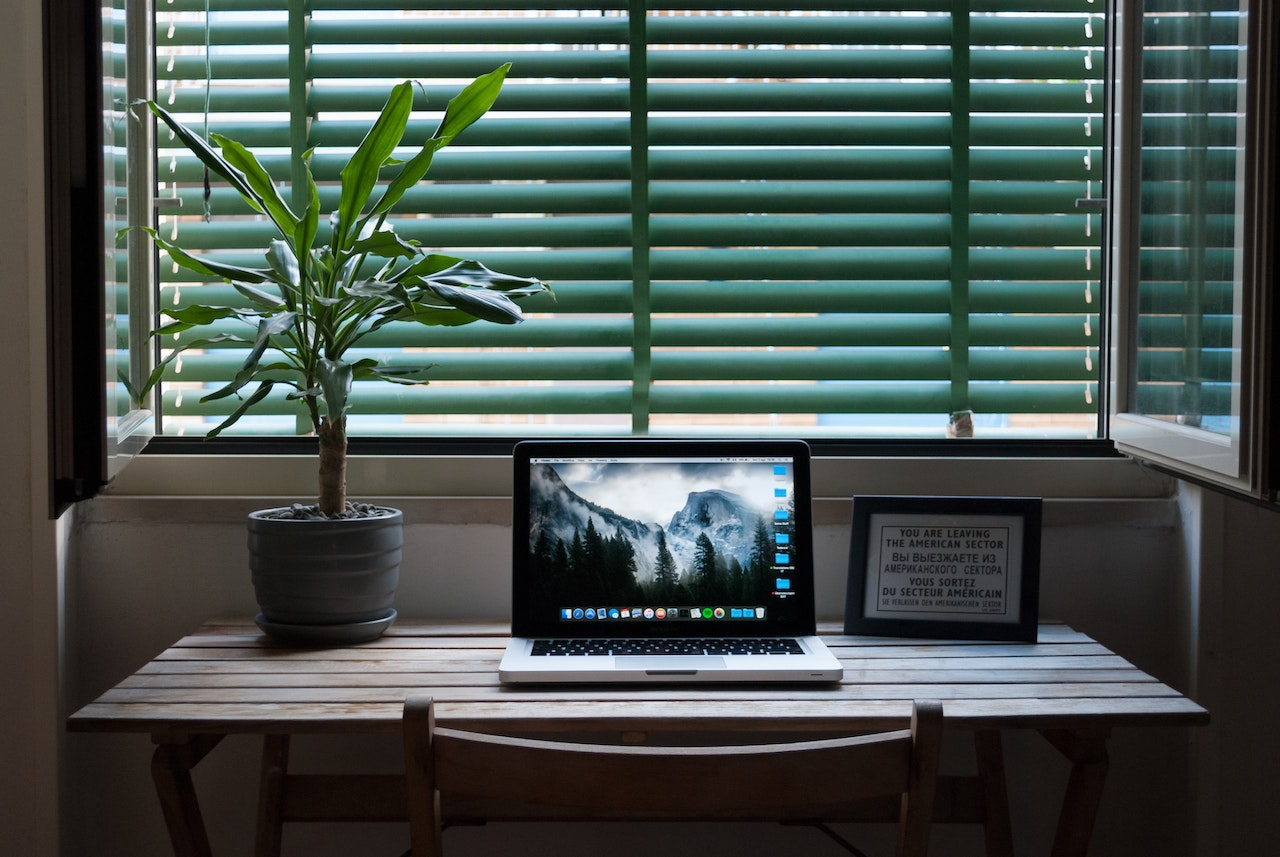
Are plants able to aid in your productivity? A plant or two at the workplace has been shown to increase both productivity and happiness. Researchers have shown that having houseplants around can help keep workers stay alert and focused. Seeing greenery, even through a window, has been shown to improve mood and concentration. Researchers at Exeter University found that simply watching a plant at work increased output by 15%.
-
Sound
While working, you might hear different types of sound. Some can be pleasant while others might be unpleasant. Unfortunately, the latter is much more common. In the workplace, some common sources of distraction is the noise that comes from co-workers, such as chatter or typing. When working from home, you may need to tune out the barking of a nearby dog, the hammering of construction workers, or even the buzz of passing cars. Then there are the distractions caused by your phone buzzing or vibrating with a notification. All these moderate amount of ambient noise allows you to ensure maximum productivity when working.
How to Design Your Ergonomic Desk Setup
In addition to these office design choices, another vital thing to consider is how well and safely you can perform at your workstation. This is called ergonomics. The goal is to prevent health issues like RSI, back pain, and exhaustion by arranging your surroundings to support your well-being.
Corporations commonly employ consultants specializing in ergonomics to assist with the layout of workstations to minimize injuries and maximize productivity. If you work from home or for a company that doesn't prioritize ergonomics, it is up to you to implement your ergonomic solutions. Listed below are some key points.
-
Use the Ideal Desk Height
The perfect desk should allow you to sit comfortably with your legs fitting beneath the desk while typing with your arms and hands parallel to the floor, your feet flat on the floor. You must have enough room under the desk's surface to cross your legs. To determine the best workstation dimensions for your height, use Ergotron's Workspace Planner.
If your work space is incompatible with this position, you can get a keyboard tray, purchase a footrest, place the desk on lifters, or try altering the seat height of your chair.
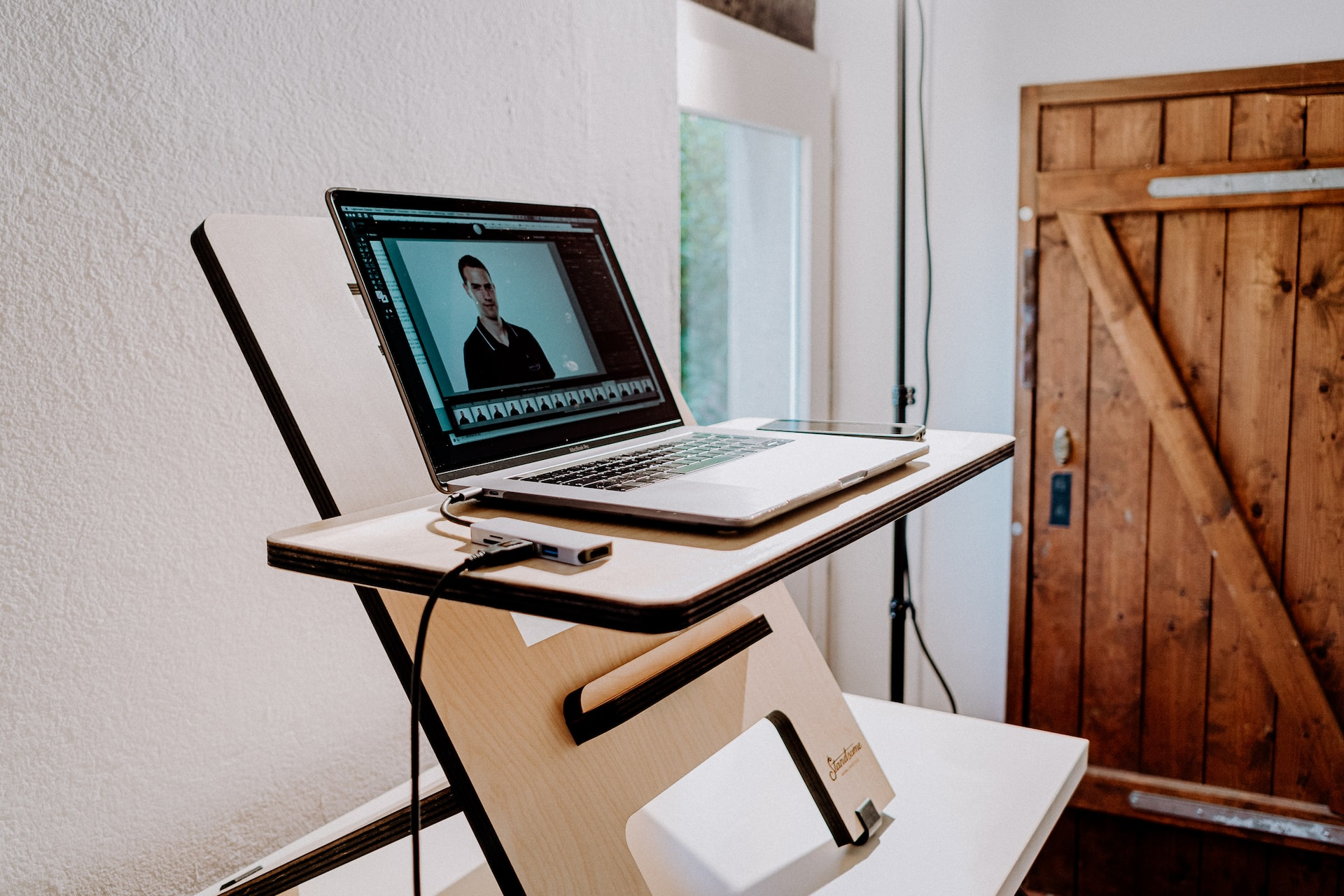
You have likely read or heard about the several advantages of standing workstations. Nowadays, many desks also feature legs that can be adjusted in height rather than fixed at the standard 29-inch height, which is crucial because no two people are identical. To begin with, they assist in reducing the risks associated with prolonged periods of sitting, such as high blood pressure, diabetes, low cholesterol levels, and cardiovascular disease. Additionally, some data suggests that standing workstations may increase productivity.
It is possible to move between sitting and standing at some adjustable-height workstations, such as the sit/stand desk. Numerous health problems, including high blood pressure, spinal degeneration, and an increased chance of death, have been linked to prolonged periods of sitting, so this is a welcome development. The health risks of sitting still all day are similar to standing.
Therefore, switching between the two frequently is the best advice.
However, a standing desk is only for some, so try elevating your laptop and monitor to the height of Ergotron's Workspace Planner before purchasing. You can do this with stacks of paper, a solid box, or something else that will get your equipment to the right height.
Need more time to shell out the money for a dedicated standing desk? Since standing all day is not recommended, you can easily change your current workstation into a standing one using a standing desk converter or a sit-stand desk.
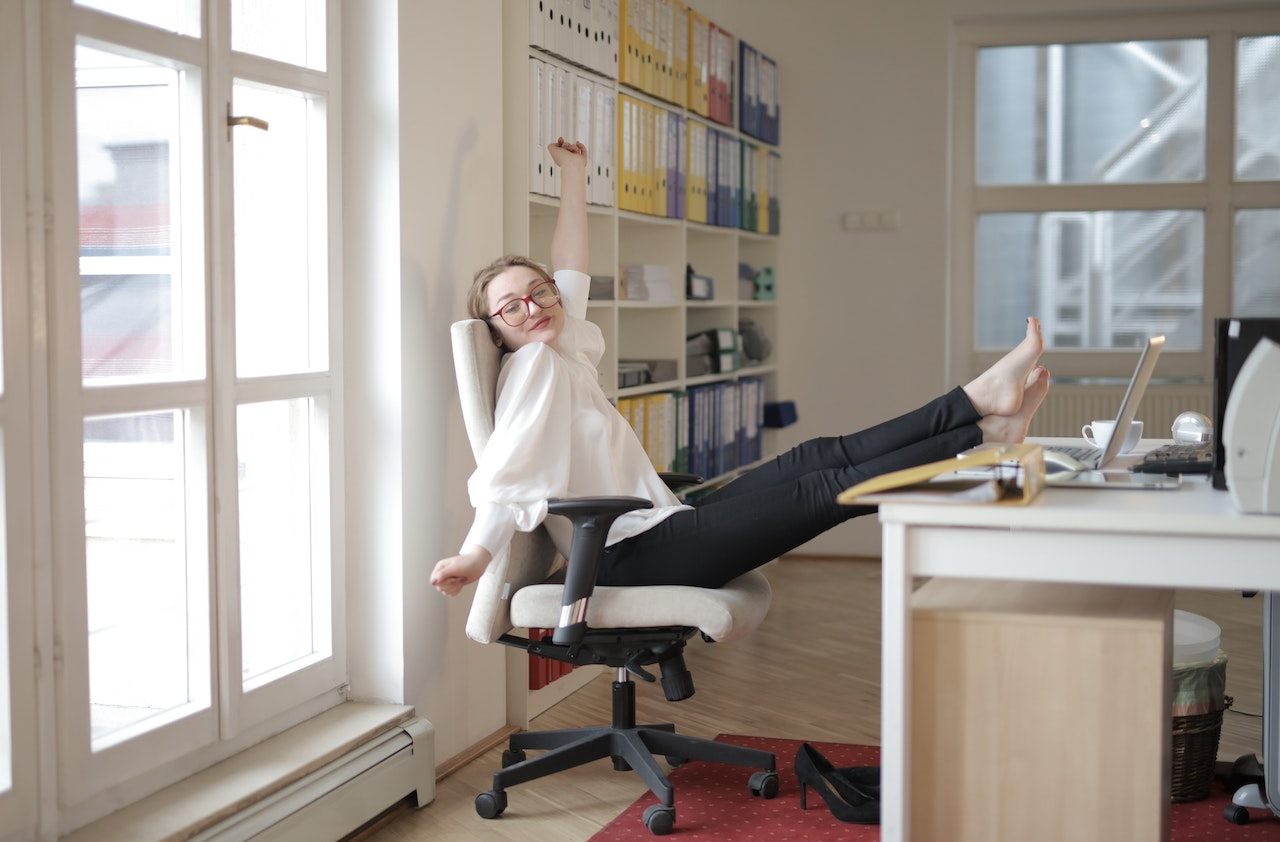
As someone spending a lot of time at a desk working, your chair is your office's second most crucial piece of furniture. Finding a comfortable office chair may be a hassle due to the wide variety of models available at varying price ranges and the fact that only some models will work for some. Keep in mind that any product, including office chairs, can have the word "ergonomic" slapped on the box, so you can't rely only on that term.
Consider these factors when choosing an office chair:
-
Material
There is some subjectivity here since some people may prefer a mesh chair since they quickly overheat in more conventional chairs. Additionally, a chair's construction should be sturdy; the foam seats of inexpensive chairs frequently degrade quickly.
-
Seat depth
Your lower back should be able to rest against the lumbar support, and there should be an inch or two between your knees and the seat on a well-fitting chair. Check if your legs are three or four fingers' breadth away from the edge of the seat as a rule of thumb for proper seating posture.
-
Chair height
The chair must have a height adjustment mechanism that allows you to rest your feet on the ground.
-
Lumbar support
Your lower spine should be supported by the chair's curved back, which will allow you to maintain the natural curve of your spine.
-
Recline-ability
Your spine may fare better if you lean back in your chair at an angle of roughly 135 degrees rather than sitting up straight at a 90-degree position.
-
Armrests
Armrests should be positioned so that your upper arms are at a right angle degree to your body and shoulders.
If a chair can be adjusted in these ways, it has a better chance of fitting you perfectly and being comfortable throughout the day. The level of hardness and position of the lumbar support and seat depth are among the possible adjustments on higher-end chairs.
It's best to spend at least 30 minutes in a chair before buying it, preferably in a situation that allows you to envision how you'll be using it, such as sitting at a desk and typing.
-
Proper Positioning of Monitor
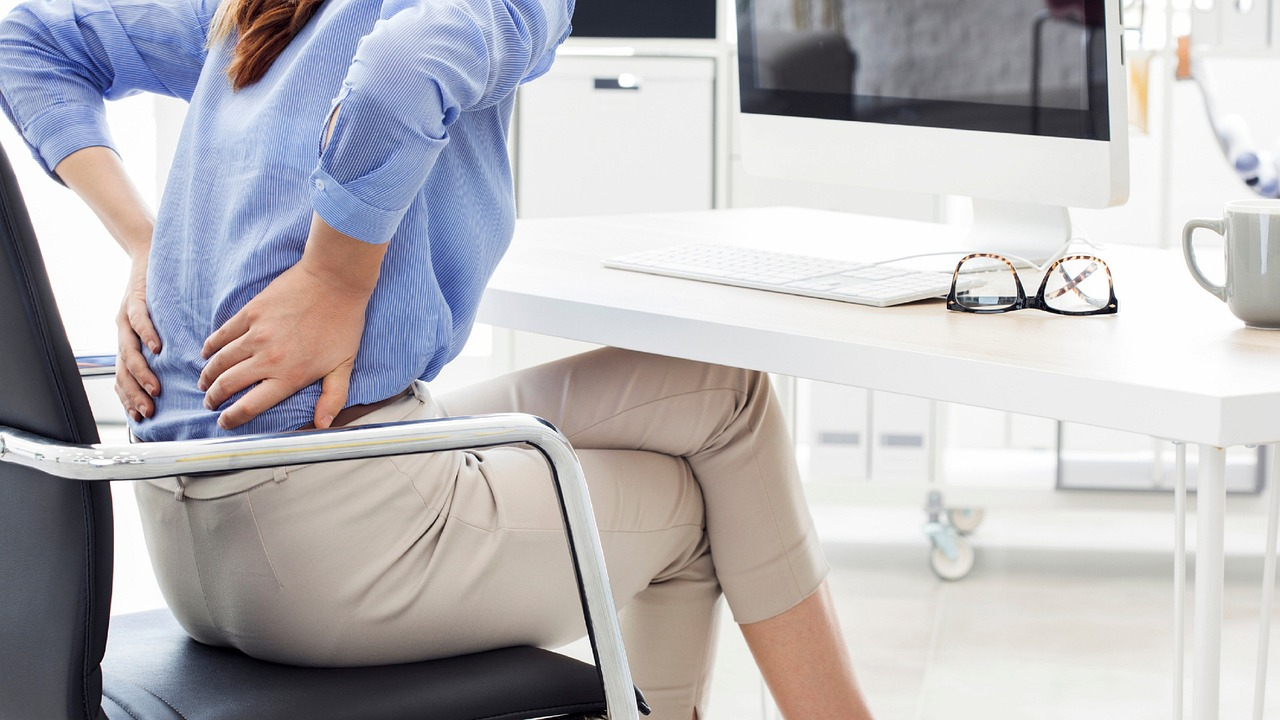
How you configure your monitor is also essential. For example, incorrect positioning has been linked to shoulder pain, back pain, neck pain, and eye strain.
The optimal viewing distance for a computer screen is between 20 and 40 inches. Screens that are too far away might require you to bend forward, which might be bad for your back. Too close, and your eyes must exert more effort to focus. When sitting upright, you should have no trouble reading any of the content. If the writing is difficult to read, try zooming in.
Adjust the screen so the top line is at or below eye level. If the screen is too high, you'll be putting unnecessary stress on your neck, upper back, and eyes. Also, you should only have a downward viewing angle of sixty degrees if you want to see the whole screen.
Keep the inclination of your screen below 20 degrees. It may become difficult to make out details of on-screen items at that magnification or higher.
Aim to position the monitor parallel to the windows. This will assist in reducing eye strain caused by glare.
If you find that staring at a computer screen for long periods causes you discomfort, whether, in the form of eyestrain, dry eyes, or headaches, you may want to look into purchasing a pair of specially tinted computer glasses or having your current prescription glasses coated with anti-reflective material. Also, remember to give your eyes a rest: To prevent damage to your eyes, remember to take a 20-second break every hour from your screen.
-
Consider Various Mouse And Keyword Types And Positions
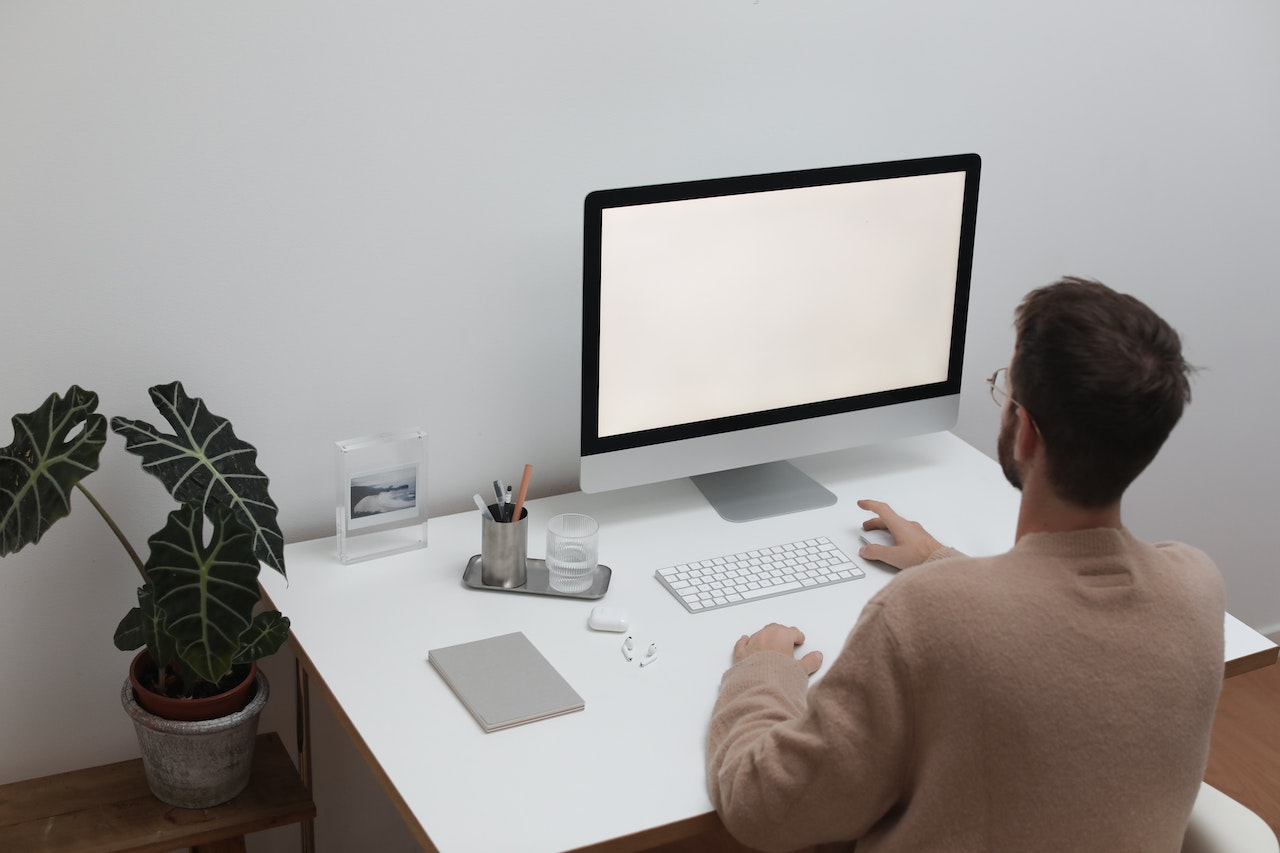
Purchasing an external keyboard and mouse will allow you to reduce the fatigue and pain in your wrists and arms as well as feel more comfortable when working on a traditional desktop computer, a portable laptop, or a tablet.
It would be best if you positioned the keyboard, so it is not more than a few inches away from your body. This will allow you to keep your elbows relaxed by your sides and prevent shoulder pain. As was noted previously, the height of your keyboard should be adjusted so that while you type, your arms are almost parallel to the floor, and your wrists are either completely flat or bent downwards. Unfortunately, the vast majority of keyboards do not have an ergonomic design. Because the rear of the regular keyboard is raised above the front, typing on it requires a flexed wrist position.
Are you using a laptop? Achieving a comfortable viewing and typing position on a fixed keyboard and screen is more challenging. An external keyboard and a laptop holder provide the most comfortable working arrangement.
Suppose you're looking to buy an ergonomic keyboard because you're experiencing or worried about getting wrist or shoulder strain. In that case, you can try the Microsoft Sculpt Ergo or the mechanical Matias Ergo Pro. The number pad on standard keyboards is separated from the rest of the keys or absent on ergonomic keyboards. This allows you to move the mouse without extending your arm too far from the keyboard.
As for the mouse itself, ensure that it fits comfortably in your hands. You can probably extend your wrist in odd ways if it's too big or too little. In addition to regular mice, there are ergonomic mice and other input gadgets that may be more convenient for you.
-
Keep One or More Plants Close By
While it's best practice to keep the top of your desk clear of unnecessary items, you should make an exception for some plants. Studies have shown that just having plants around can improve productivity. They may also assist in maintaining focus and alertness, improving mood, reducing stress, and increasing productivity. They help purify the air in your office, lowering the likelihood of you becoming ill and missing work. Succulents are great if you don't have much of a green thumb because they require so little care.
-
Position the Desk Next to a Window
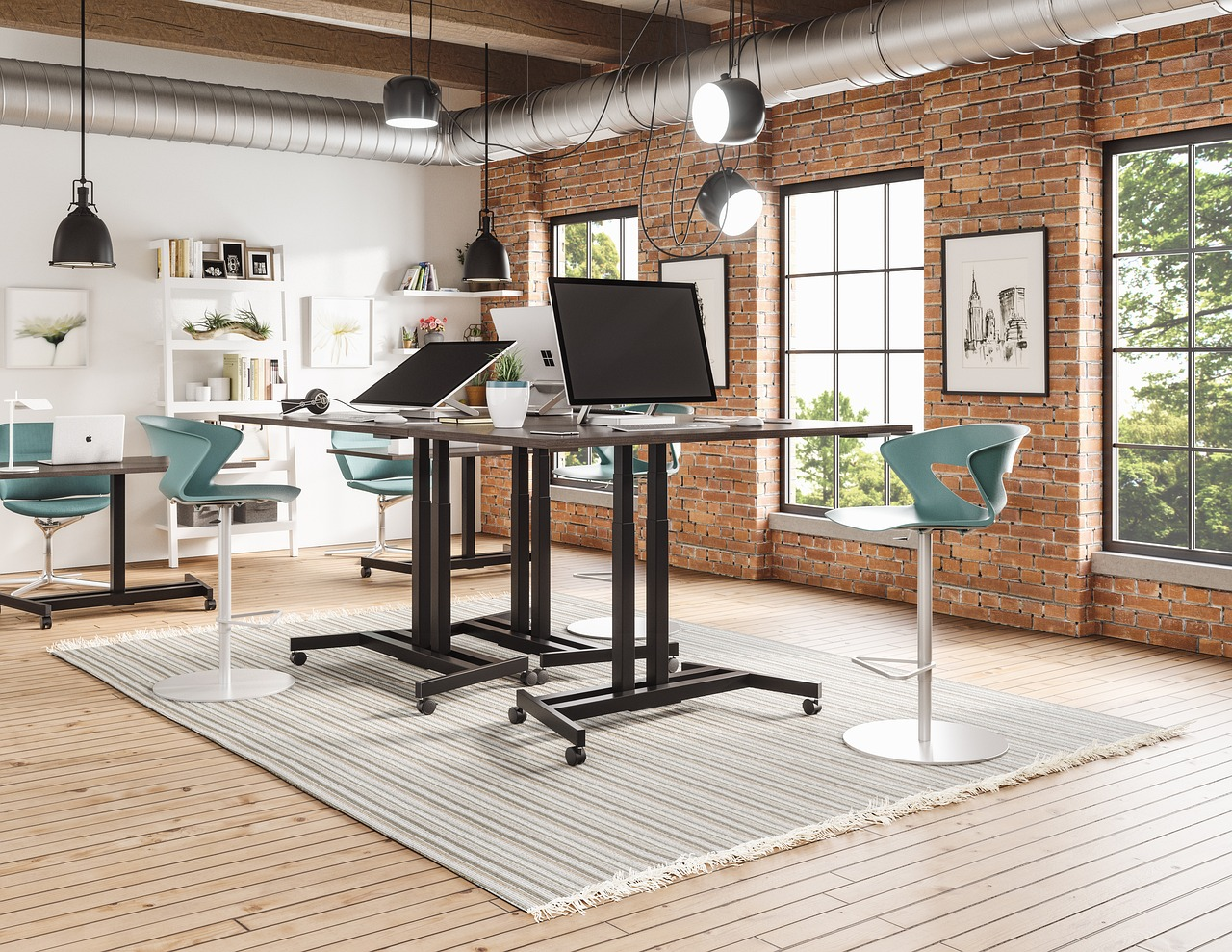
Numerous studies have shown that exposure to light enhances alertness, reduces stress, and boosts mood and productivity. Another approach to rest your eyes from staring at a screen is to look out the window every twenty minutes or so.
You don't have any windows available, do you? Lighting your office with artificial light is a great way to keep things nice and bright, mainly if you use light bulbs designed to simulate daylight. Since the location of floor lamps can be adjusted, they are preferable to overhead lights for use while working at a computer. Adjustable lighting is an excellent solution to the problem of glare, a source of headaches and difficulty concentrating at your ergonomic workstation.
-
Maintaining a Correct Posture (Feet Flat/Neutral Position)
On top of using ergonomic computer equipment and ergonomic furniture, the best way to maintain a healthy lifestyle is to be active throughout the day and to assess your posture routinely while working at a desk. You should also ensure your chair and desk is adjusted to the correct height, feet is flat on the floor, wrists straight and arms parallel to the floor. Take regular breaks that include some stretching and movement.
Avoiding back pain and getting your spine into its optimal, natural shape can be accomplished by strengthening your core and slightly tightening it when sitting or standing. This way occupational safety can be maintained.
-
Adding Accessories in an Innovative Way
Increasing efficiency can be as simple as clearing out your desk. However, this can be pushed to an extreme as well. Maintaining a clutter-free desktop is vital, but not at the expense of having easy access to the tools and materials you use most frequently.
Maintaining a healthy equilibrium is essential in so many facets of life. Pick out the minimum amount of desktop gadgets necessary to maintain order and streamline your operations. Consider these ideas.
Consider purchasing a desktop organizer to house your most often-used stationery items like pens, paper, and a stapler.
Take out anything you won't frequently use during the day. It's an excellent way to clear the desks and concentrate better.
Create a pleasant work area that will enhance your productivity by adopting ergonomic office practices, incorporating light and low maintenance plants, and keeping things well-organized.
Summary
It's essential to have a personalized workstation to work. That place is where you spend hours. In an ideal world, it would promote your health, productivity and reduce stress. Use the tips above to set up your workspace effectively, leading to your most productive workdays for extended period and yet leaving you with enough energy to enjoy your life outside of work as well.


